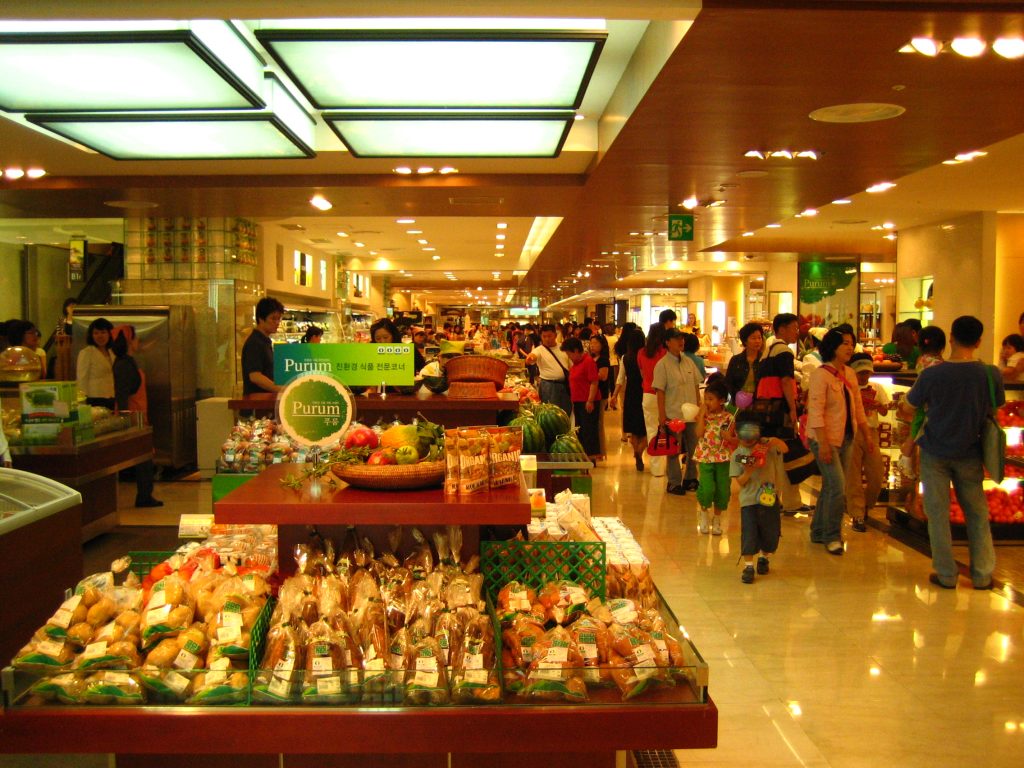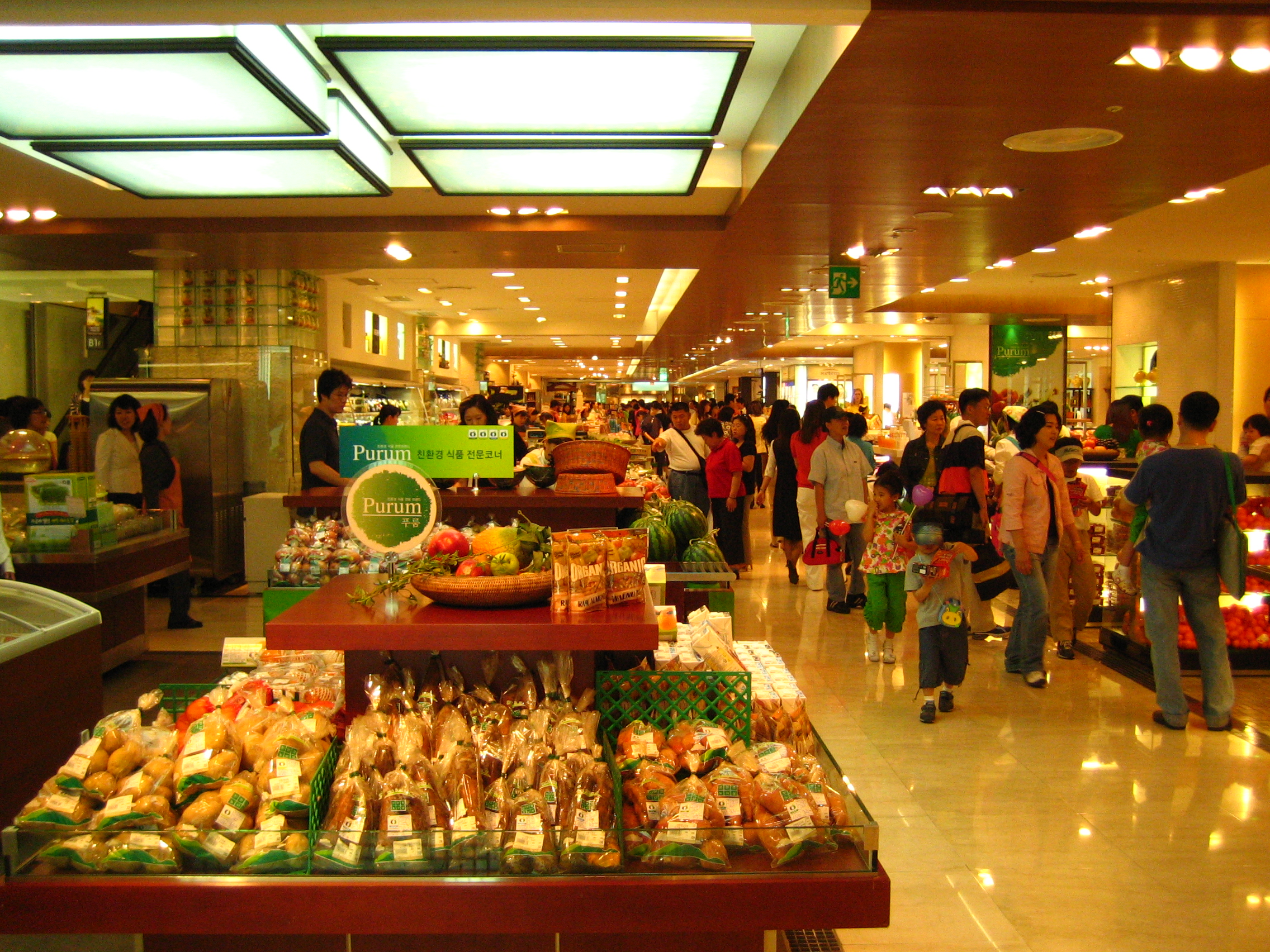Insights into food retailing in Japan
About 23% of household spending in Japan is on food. It’s a country where tastes and preferences are heavily influenced by cultural, societal and environmental drivers. Japanese culture, for instance, places strong emphasis on the four seasons, which is reflected in changes in purchase habits and gift-giving patterns over the year.
According to a USDA Gain report, Japan is also a nation that prefers convenience, quality, and single-serving sizes. More than 3 million people commute via a combination of train and walking into Tokyo every day and highly value convenience and accessibility.
Key target markets in Japan: seniors and young people
Japan’s population is aging faster than any in the world and its Generation M is the fastest growing senior population (over 65) in the world. The roughly 35 million citizens in this generation are expanding the influence of the silver demographic, estimated to now represent about 27% of the Japanese population but set to reach 36% by 2040.
The retail response has come in the form of delivery services, mobile operations, expanded internet shopping, smart phone market integration, promotions, and products developed with Generation M in mind. Because many elderly can not drive or go far to buy groceries, many get their daily meals from a local convenience store.
With such a large senior market, Japan’s youth segment is often overlooked though their consumption spending has increased. Young adults who live alone or with roommates do not cook and almost exclusively eat out. “Due to a busy lifestyle, these young people want to avoid the hassle of cooking at home. The rise of the working, single-person households is correlated to the rise in sales of ready-made, frozen, take-out, delivery, and restaurant-prepared meals,” the report says.
Recent food trends in Japan
Major trends of relevance in Japan include burgeoning demand for private brands, healthy and functional foods, and for time-saving foods (e.g. frozen foods).
There has been strong growth in the area of prepared foods, particularly home meal replacements (HMR), in the past few years, with offerings increasing in every retail area and a 13% rise in HMR consumption.
Frozen foods have a large presence in the HMR market. In response to an ever-increasing desire for convenience and value-priced food, sales of frozen food in Japan have been rising at about 3.3% annually. Frozen vegetable imports increased to a total of 142 billion yen in 2013.
Changes in Japan’s retail food sales
According to the report, the Japanese retail food industry experienced growth in all of the three major categories in 2014: large scale and conventional supermarkets, department stores, and convenience stores. Total retail sales including food, beverages, general merchandise, fabrics, apparel and accessories amounted to 69,911 billion yen in 2014, with food and beverages – which accounted for 65% of the total – seeing a significant increase.
How large-scale and conventional supermarkets are evolving
The report says Japan’s supermarket business is considered saturated for standard large-scale and conventional supermarkets. So as to better compete with convenience stores, many major supermarket chains are investing in city-style stores (smaller versions of supermarkets located in city centres) which allow easier access and “have been a hit with the elderly population, mothers, and value-conscious customers.”
As the Japanese market continues to mature, the two national brands AEON and Seven and I Holdings have strived to appeal to the aging population. In 2014, the Japanese retail group AEON announced it would triple the number of its “Akore” city-style stores in Tokyo, Saitama, and Chiba from 90 to 250 by 2016.
And in October 2014, AEON’s private brand TopValu expanded to include organic products. “AEON has recently taken to promoting healthy food and local community activities in order to appeal to the rapidly evolving mature and health-conscious market,” the report says.
Convenience stores thriving
Despite the growth of online shopping and a tax hike of 2014, convenience stores continue to be a major retail competitor.
They have continued to increase their market share thanks to their numerous locations and wide variety of products, with a major contributing factor to their success being their proximity to consumers’ homes. Some also offer home delivery, such as Seven-Eleven’s Seven Meal bento delivery service.
Department stores reinventing themselves
Department stores have had to employ new techniques and strategies to stay on top. For example, in December 2014, Matsuya president Masaki Akita announced stores would be hiring more foreign language speakers in order to draw in visitors from abroad. Tourists make up a large percentage of department store customers.
While department stores have seen a significant drop in profits from non-food products in the last decade, those from food products have actually risen due to their premium nature and the popularity of depachika, the ‘wonderlands of food’ found on the basement floors of department stores.
The report says department stores usually carry imported, branded food products though typically in small quantities. “Many of the items are packaged as take-out products due to the proximity to train stations and the premium nature of the products means they are often used as gifts.”
Online shopping a hit with seniors
E-commerce and m-commerce are both expected to grow in the coming years with same-day delivery services and social media awareness. Seniors are some of the most active online shoppers.
Online sales are still relatively small yet have been growing at double digit rates, dwarfing the growth of Japan’s retail market overall. While the majority of sales are for non-food items, food and beverages account for 13.7% of e-commerce sales and are increasingly bought online.
Online shopping remains a lucrative market for grocery stores with some offering home delivery for little to no charge, an option popular with seniors.
“Many major supermarkets now offer online grocery services in most parts of Japan, including rural areas. The most successful has been Ito-Yokado, whose sales grew 14.3% in 2012 with the introduction of online groceries.”
The might of mobile-driven commerce
Many online vendors are offering m-commerce as a way to connect with mobile users, often by offering mobile-friendly versions of their site, phone apps, and special downloads for customers on-the-go.
“Rakuten is a big name in m-commerce, receiving as much as 52.2% of its total value of transactions via mobile devices in the fourth quarter of 2013, while PC driven sales fell by 8%. It is worth mentioning that food and beverage sales make up 49.2% of Rakuten’s total sales. Popular items include heavy, bulky items that are hard to transport and fresh produce.”
Food procurement by Japanese retailers
The report says that when it comes to sourcing food, Japan’s large-scale supermarkets still rely primarily on importers and wholesalers. Most are engaged to some degree in developing and maintaining private labels which they tend to outsource to food processors.
The giant, nationwide supermarket chains such as Aeon and Ito-Yokado purchase their food primarily through three channels: directly from importers, directly from manufacturers and processors, or via wholesalers and distributors. Wholesalers and big trading houses are generally interested in handling high volume products, not niche-oriented ones, it advises.
Conventional supermarkets purchase through similar distribution channels, although they mainly purchase from wholesalers, whereas the major national chains rely on more direct routes. Department stores, meanwhile, procure food items almost entirely through wholesalers and tenant merchants (who mainly purchase the ingredients for their products from wholesalers and then manufacture the products to be sold).
Convenience store chains use trading companies or wholesalers, depending on the type of product. Their management systems present the most significant challenges for imported packaged processed foods, the report says, because they require exporters to modify product taste/specifications to Japanese tastes, cut delivery times to ensure freshness, and update and introduce new products frequently.
Food exports to Japan
Japan’s food self-sufficiency rate has been declining due to the aging farm population and is only 39%, meaning there are obvious opportunities for suppliers from other countries.
It also helps that since the Fukushima nuclear reactor incident cast doubt over the safety of some domestic produce, Japanese consumers have been more open to imported food.
As can be seen in the pie chart above, the US enjoys a commanding lead among countries exporting food to Japan, helped by Japanese consumers’ preference for US goods, the report says.
Read the full USDA GAIN report: Japan Retail Foods




